Bleach cleaning hacks – who knew these three little words could unlock a world of sparkling clean possibilities? Let’s be honest, cleaning isn’t always the most glamorous activity, but what if I told you there were simple, effective ways to make it faster, easier, and even a little bit… dare I say… fun?
Bleach has been a household staple for centuries, with evidence of its use dating back to ancient times. While the methods have evolved, the core principle remains the same: its powerful disinfecting properties can tackle tough stains and grime. But beyond the basics, there’s a treasure trove of clever bleach cleaning hacks that can revolutionize your cleaning routine.
In today’s busy world, time is precious. We’re all looking for ways to streamline our chores and reclaim those precious minutes. That’s where these DIY bleach cleaning tricks come in. From reviving dingy whites to banishing stubborn mold and mildew, these hacks will empower you to achieve a spotless home with minimal effort. Plus, many of these solutions are budget-friendly, saving you money on expensive cleaning products. So, grab your gloves, and let’s dive into the world of bleach cleaning hacks that will transform your home from drab to fab!
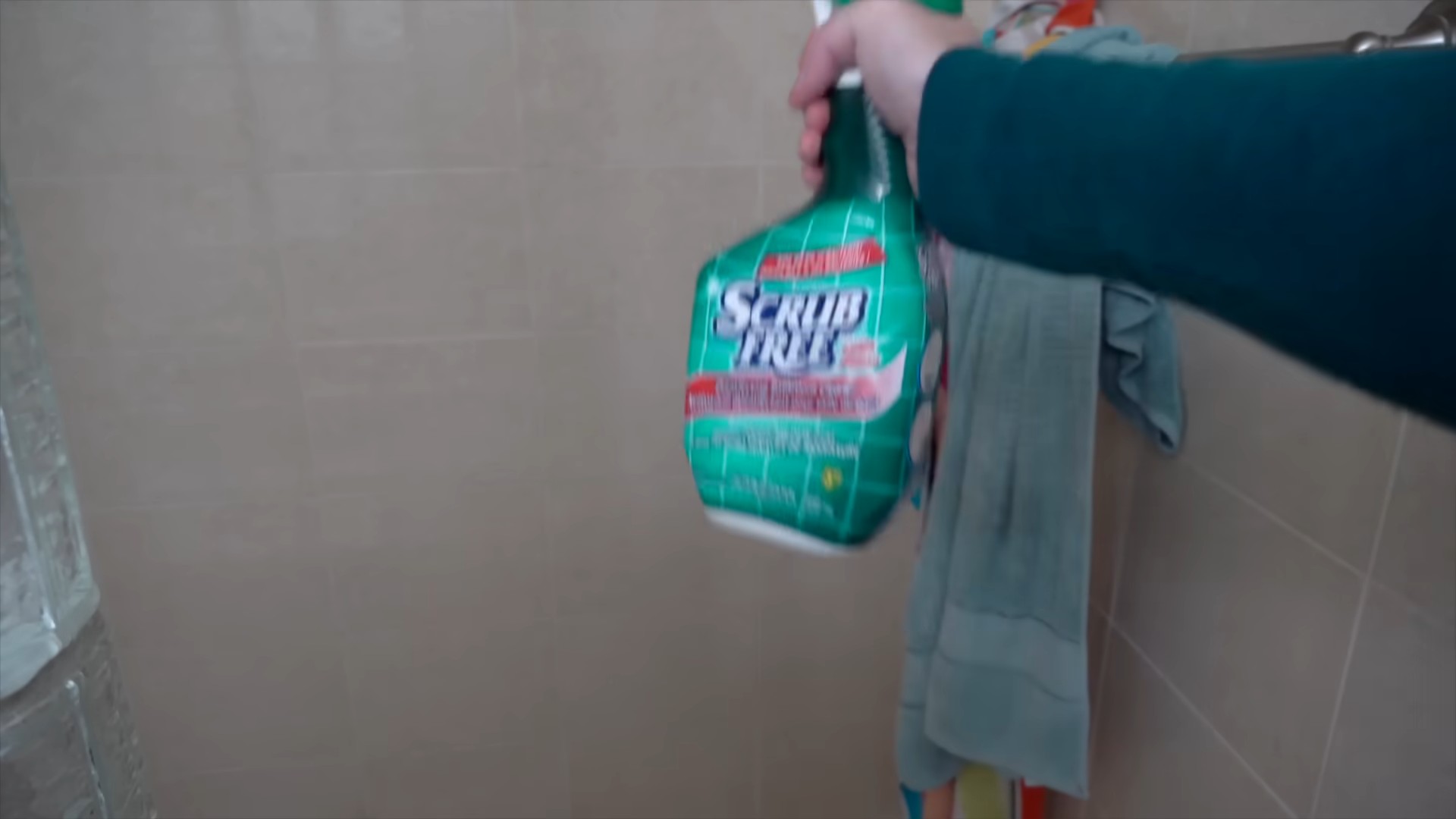
DIY Bleach Cleaning Hacks: Unleash the Power of Bleach Safely!
Hey there, fellow cleaning enthusiasts! Let’s dive into the world of bleach cleaning hacks. Bleach, when used correctly, can be a powerful ally in your quest for a sparkling clean home. But remember, safety first! Always wear gloves and eye protection, and ensure proper ventilation. Never mix bleach with ammonia or other cleaning products, as this can create toxic fumes.
Understanding Bleach: A Quick Refresher
Before we jump into the hacks, let’s quickly recap what bleach is and why it’s so effective. Bleach, typically sodium hypochlorite, is a powerful oxidizing agent. This means it breaks down the chemical bonds in stains and microorganisms, effectively disinfecting and whitening surfaces. However, this power also means it can damage certain materials, so always test in an inconspicuous area first.
Hack 1: Reviving Dingy White Laundry
Is your white laundry looking a little lackluster? Bleach can help! But don’t just dump it in and hope for the best. Here’s how to do it right:
Materials You’ll Need:
* Bleach (chlorine bleach)
* Laundry detergent
* Measuring cup
* Washing machine
Step-by-Step Instructions:
1. Sort Your Laundry: Separate your whites from your colors. Bleach will ruin colored fabrics, so this is crucial.
2. Pre-Treat Stains: For stubborn stains, pre-treat them with a stain remover or a paste of baking soda and water. Let it sit for about 30 minutes before washing.
3. Load the Washing Machine: Place your white laundry into the washing machine, being careful not to overload it.
4. Add Detergent: Add your regular laundry detergent as you normally would.
5. Add Bleach: This is where the magic happens! Carefully measure the bleach according to the washing machine’s instructions and the severity of the dinginess. A general guideline is about ½ cup for a standard top-loading machine and ¼ cup for a high-efficiency machine. Always dilute the bleach with water before adding it to the machine, especially if your machine doesn’t have a bleach dispenser.
6. Run the Wash Cycle: Select the appropriate wash cycle for your whites, usually a hot water cycle.
7. Check and Repeat if Necessary: Once the wash cycle is complete, check your laundry. If the whites still look dingy, you can repeat the process, but be cautious about over-bleaching, which can weaken the fibers.
8. Dry as Usual: Tumble dry your whites on medium heat or hang them to dry in the sun for extra whitening power.
Hack 2: Disinfecting Cutting Boards
Cutting boards, especially wooden ones, can harbor bacteria. Bleach is a great way to disinfect them, but it’s important to do it safely and effectively.
Materials You’ll Need:
* Bleach
* Water
* Spray bottle
* Clean sponge or cloth
* Gloves
Step-by-Step Instructions:
1. Wash the Cutting Board: Thoroughly wash the cutting board with hot, soapy water to remove any food particles.
2. Prepare the Bleach Solution: Mix 1 tablespoon of bleach with 1 gallon of water in a spray bottle. This creates a diluted bleach solution that’s effective for disinfecting without being too harsh.
3. Spray the Cutting Board: Spray the entire surface of the cutting board with the bleach solution, ensuring it’s completely covered.
4. Let it Sit: Allow the bleach solution to sit on the cutting board for at least 10 minutes. This gives the bleach time to kill any bacteria present.
5. Rinse Thoroughly: Rinse the cutting board thoroughly with hot water to remove all traces of bleach.
6. Air Dry: Allow the cutting board to air dry completely before using it again. This helps prevent the growth of mold and mildew.
Hack 3: Cleaning and Whitening Grout
Grout can get grimy and discolored over time. Bleach can help restore its original brightness.
Materials You’ll Need:
* Bleach
* Water
* Spray bottle or small bowl
* Old toothbrush or grout brush
* Gloves
* Eye protection
Step-by-Step Instructions:
1. Ventilate the Area: Open windows and doors to ensure proper ventilation.
2. Prepare the Bleach Solution: Mix equal parts bleach and water in a spray bottle or small bowl.
3. Apply the Solution: Spray or apply the bleach solution directly onto the grout lines.
4. Let it Sit: Allow the solution to sit for 10-15 minutes. For heavily stained grout, you can let it sit for up to 30 minutes, but keep an eye on it to make sure it doesn’t damage the surrounding tiles.
5. Scrub the Grout: Use an old toothbrush or grout brush to scrub the grout lines, removing any dirt and grime.
6. Rinse Thoroughly: Rinse the area thoroughly with water to remove all traces of bleach.
7. Dry the Area: Wipe the area dry with a clean cloth or towel.
Hack 4: Removing Mold and Mildew
Mold and mildew can be a common problem in bathrooms and other damp areas. Bleach can help kill and remove them.
Materials You’ll Need:
* Bleach
* Water
* Spray bottle
* Scrub brush or sponge
* Gloves
* Eye protection
* Mask (optional, but recommended)
Step-by-Step Instructions:
1. Ventilate the Area: Open windows and doors to ensure proper ventilation. Mold and mildew can release spores into the air, so it’s important to have good airflow.
2. Prepare the Bleach Solution: Mix 1 part bleach with 10 parts water in a spray bottle. This creates a diluted bleach solution that’s effective for killing mold and mildew without being too harsh.
3. Spray the Affected Area: Spray the mold or mildew-affected area with the bleach solution, ensuring it’s completely covered.
4. Let it Sit: Allow the solution to sit for 10-15 minutes.
5. Scrub the Area: Use a scrub brush or sponge to scrub the area, removing the mold and mildew.
6. Rinse Thoroughly: Rinse the area thoroughly with water to remove all traces of bleach and mold/mildew.
7. Dry the Area: Wipe the area dry with a clean cloth or towel.
8. Repeat if Necessary: For stubborn mold or mildew, you may need to repeat the process.
Hack 5: Cleaning the Toilet Bowl
Bleach is a classic for cleaning and disinfecting toilet bowls.
Materials You’ll Need:
* Bleach
* Toilet bowl cleaner (optional)
* Toilet brush
* Gloves
Step-by-Step Instructions:
1. Flush the Toilet: Flush the toilet to wet the bowl.
2. Add Bleach: Pour about ½ cup of bleach into the toilet bowl. You can also add a toilet bowl cleaner for extra cleaning power.
3. Let it Sit: Allow the bleach to sit in the bowl for at least 10 minutes, or even longer for heavily stained bowls.
4. Scrub the Bowl: Use a toilet brush to scrub the bowl, paying attention to any stains or buildup.
5. Flush Again: Flush the toilet to rinse away the bleach and any loosened debris.
Important Safety Considerations:
* Always wear gloves and eye protection when working with bleach.
* Ensure proper ventilation to avoid inhaling bleach fumes.
* Never mix bleach with ammonia or other cleaning products, as this can create toxic fumes.
* Test bleach on an inconspicuous area before applying it to a larger surface to ensure it doesn’t damage the material.
* Keep bleach out of reach of children and pets.
* Store bleach in a cool, dry place away from direct sunlight.
* Dispose of bleach properly according to local regulations.
Materials to Avoid Using Bleach On:
* Colored fabrics: Bleach will fade or remove the color.
* Silk, wool, and other delicate fabrics: Bleach can damage these materials.
* Certain metals: Bleach can corrode some metals.
* Unsealed grout: Bleach can damage unsealed grout.
* Wood: Bleach can damage and discolor wood.
Troubleshooting:
* Bleach smell lingers: Ensure you’ve rinsed the area thoroughly with water. You can also try airing out the area or using a fan to
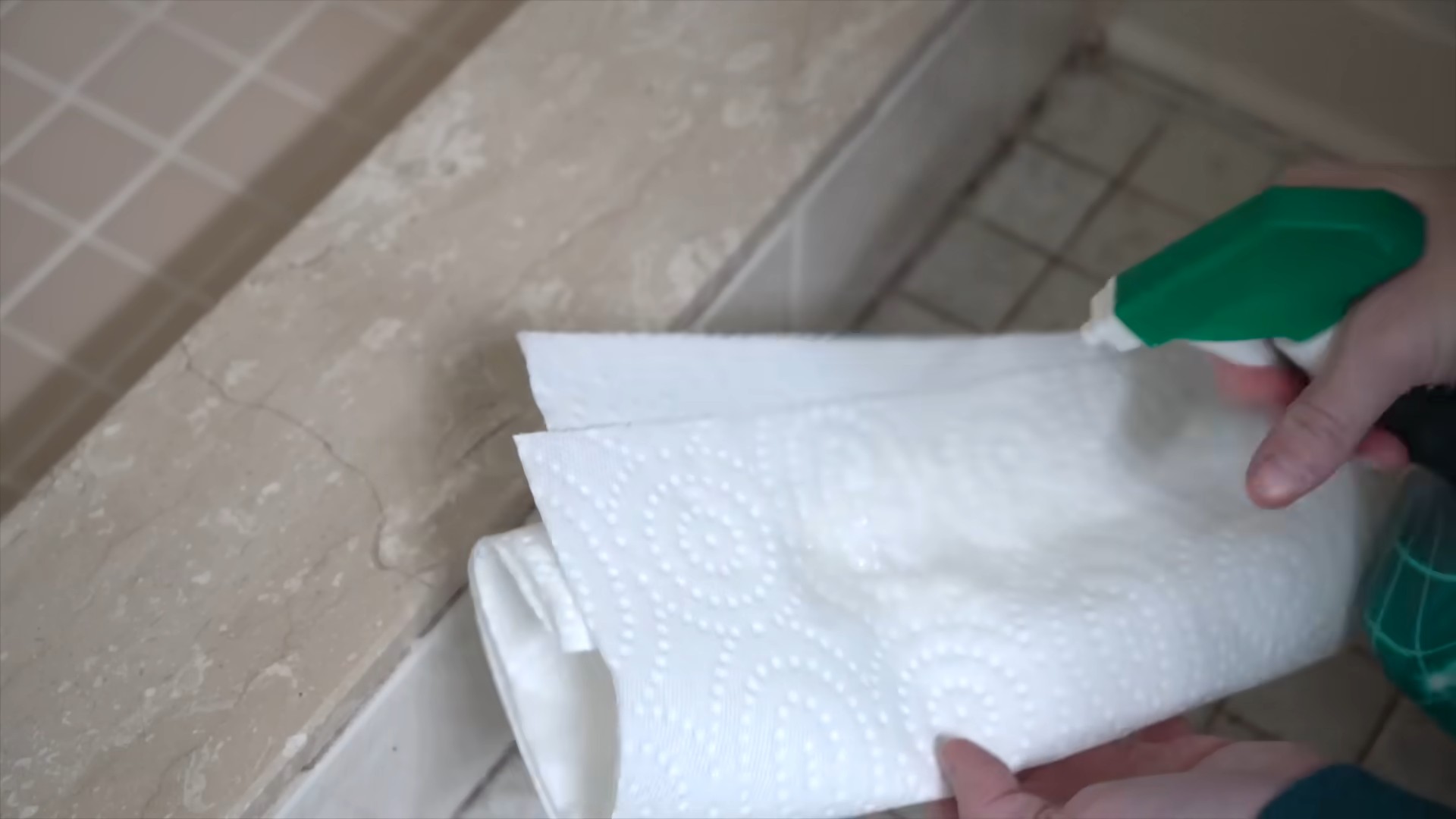
Conclusion
So, there you have it! Mastering these bleach cleaning hacks isn’t just about saving money; it’s about reclaiming control over the cleanliness and hygiene of your home with a powerful, readily available tool. We’ve explored how to tackle everything from stubborn bathroom stains to dingy laundry, all with the strategic use of bleach. The versatility of bleach, when used responsibly and correctly, is truly remarkable.
But why is this a must-try? Because it works. Plain and simple. You’ll witness firsthand the transformative power of bleach in banishing grime and restoring surfaces to their former glory. Imagine the satisfaction of a sparkling clean bathroom, free from mold and mildew, achieved with minimal effort and expense. Think of the relief of rescuing a favorite white shirt from a seemingly permanent stain. These are the tangible benefits that await you when you embrace these bleach cleaning hacks.
Beyond the basics, there’s room for experimentation. For instance, if you’re dealing with particularly stubborn mold in the shower, try creating a bleach paste by mixing bleach with baking soda. Apply the paste to the affected area, let it sit for a few minutes, and then scrub away. For delicate fabrics, consider using a diluted bleach solution specifically designed for colors, always testing a small, inconspicuous area first. You can also infuse your bleach cleaning solutions with essential oils like tea tree or eucalyptus for added antibacterial properties and a refreshing scent. Remember to always prioritize safety and ventilation when working with bleach.
We’ve covered a lot of ground, from understanding the proper dilution ratios to identifying surfaces that should never come into contact with bleach. Now, it’s your turn to put these bleach cleaning hacks to the test. Don’t be intimidated; start with a small, manageable project and gradually work your way up to more challenging cleaning tasks. The key is to be patient, methodical, and always prioritize safety.
We are confident that once you experience the effectiveness of these techniques, you’ll wonder how you ever managed without them. So, grab your bleach, gather your cleaning supplies, and prepare to transform your home into a sparkling sanctuary.
But the journey doesn’t end here! We want to hear about your experiences. Did you discover a particularly effective bleach cleaning hack of your own? Did you encounter any challenges along the way? Share your tips, tricks, and stories in the comments below. Let’s create a community where we can all learn from each other and master the art of bleach cleaning. Your insights could be invaluable to someone else who’s just starting out. So, don’t be shy – share your bleach cleaning wisdom!
Frequently Asked Questions (FAQs)
1. Is bleach safe to use around pets and children?
Bleach can be harmful to pets and children if ingested or if they come into contact with concentrated solutions. Always keep bleach out of reach of children and pets. When cleaning with bleach, ensure the area is well-ventilated and that pets and children are kept away until the surfaces are completely dry. Rinse surfaces thoroughly after cleaning with bleach, especially if they are likely to be touched by children or pets. Consider using alternative cleaning methods if you have concerns about the safety of bleach around your family.
2. What surfaces should I never clean with bleach?
Never use bleach on the following surfaces:
* Metals: Bleach can corrode and damage metals like stainless steel, aluminum, and iron.
* Wood: Bleach can discolor and weaken wood surfaces.
* Natural Stone: Bleach can etch and damage natural stone surfaces like marble and granite.
* Silk and Wool: Bleach can damage and discolor these delicate fabrics.
* Colored Fabrics: Unless you are specifically using a bleach product designed for colors, bleach will likely fade or discolor colored fabrics.
* Ammonia: Never mix bleach with ammonia, as this creates toxic and dangerous fumes.
3. What is the correct dilution ratio for bleach and water?
The correct dilution ratio depends on the cleaning task. For general disinfecting, a common ratio is 1 part bleach to 9 parts water (a 10% solution). For laundry, follow the instructions on the bleach bottle. For mold and mildew removal, you may need a stronger solution, but always test a small, inconspicuous area first. Always use cold water when diluting bleach, as hot water can cause the bleach to break down and release harmful fumes.
4. How do I remove bleach stains from clothing?
Unfortunately, bleach stains are often permanent. However, you can try to minimize the appearance of the stain by:
* Rinsing immediately: Rinse the affected area with cold water as soon as possible.
* Using a color remover: You can try using a commercial color remover specifically designed for fabrics. Follow the instructions on the product label carefully.
* Dyeing the fabric: If the stain is small and the fabric is dyeable, you can try dyeing the entire garment a darker color to cover the stain.
Prevention is key! Always be careful when working with bleach and wear protective clothing to avoid spills.
5. Can I use bleach to clean my washing machine?
Yes, you can use bleach to clean your washing machine and remove mold, mildew, and detergent buildup. To do so:
* Run an empty cycle: Add 1 cup of bleach to the detergent dispenser and run a hot water cycle.
* Repeat if necessary: If the washing machine is particularly dirty, you may need to repeat the cycle.
* Wipe down the interior: After the cycle is complete, wipe down the interior of the washing machine with a clean cloth.
* Leave the door open: Leave the washing machine door open to allow it to air dry completely.
Consult your washing machine’s manual for specific instructions on cleaning with bleach.
6. How do I get rid of the bleach smell after cleaning?
The bleach smell should dissipate on its own after a while. However, you can speed up the process by:
* Ventilating the area: Open windows and doors to allow fresh air to circulate.
* Using an odor absorber: Place bowls of baking soda or activated charcoal in the room to absorb the bleach smell.
* Cleaning with vinegar: After cleaning with bleach, you can wipe down surfaces with a diluted vinegar solution (1 part vinegar to 1 part water) to neutralize the bleach smell.
7. What safety precautions should I take when using bleach?
Always prioritize safety when working with bleach. Here are some essential precautions:
* Wear protective gear: Wear gloves, eye protection, and a mask to protect your skin, eyes, and respiratory system from bleach fumes and splashes.
* Ensure proper ventilation: Work in a well-ventilated area to avoid inhaling bleach fumes.
* Never mix with other chemicals: Never mix bleach with ammonia or other cleaning products, as this can create toxic and dangerous fumes.
* Store properly: Store bleach in a cool, dry place out of reach of children and pets.
* Read the label: Always read and follow the instructions on the bleach bottle carefully.
8. Can I use bleach to clean my kitchen counters?
While bleach can be used to disinfect kitchen counters, it’s important to use it cautiously and only on non-porous surfaces. Avoid using bleach on granite, marble, or other natural stone countertops, as it can damage them. Always dilute the bleach properly and rinse the surface thoroughly after cleaning. Consider using alternative cleaning methods, such as vinegar or baking soda, for everyday cleaning of kitchen counters.
9. How often should I clean with bleach?
The frequency of cleaning with bleach depends on the area and the level of contamination. High-touch surfaces, such as doorknobs and light switches, may need to be disinfected more frequently, especially during cold and flu season. Bathrooms and kitchens should be cleaned with bleach regularly to prevent mold and mildew growth. However, avoid overusing bleach, as it can be harmful to the environment and your health. Use bleach strategically and only when necessary.

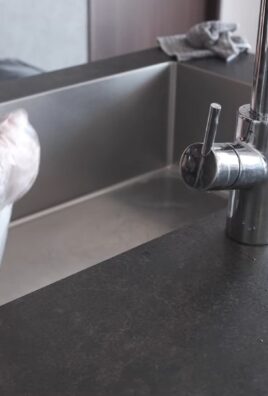
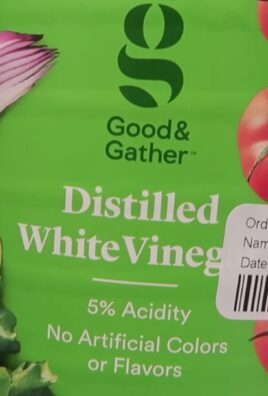
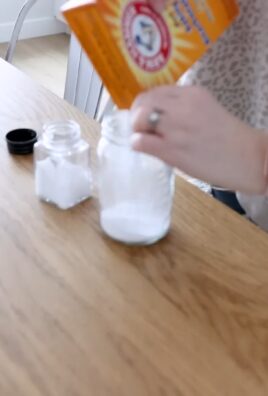
Leave a Comment